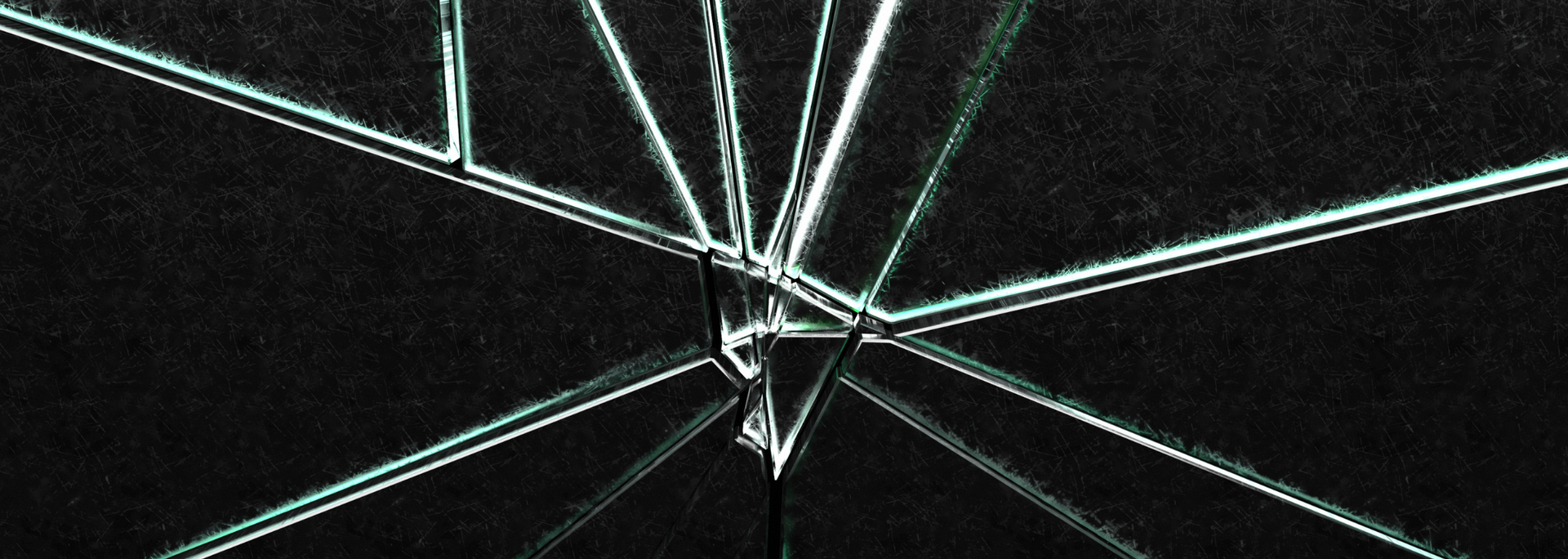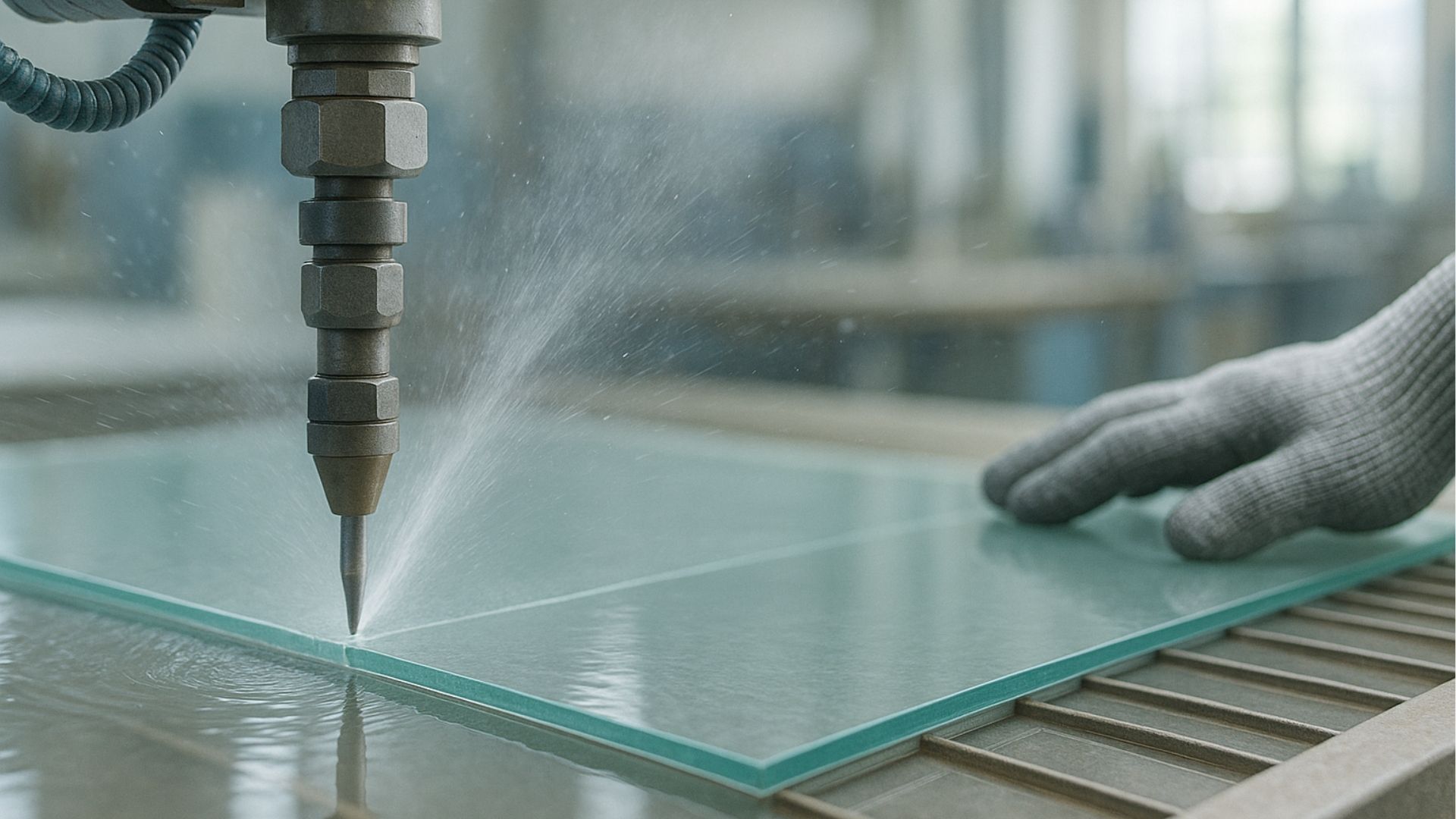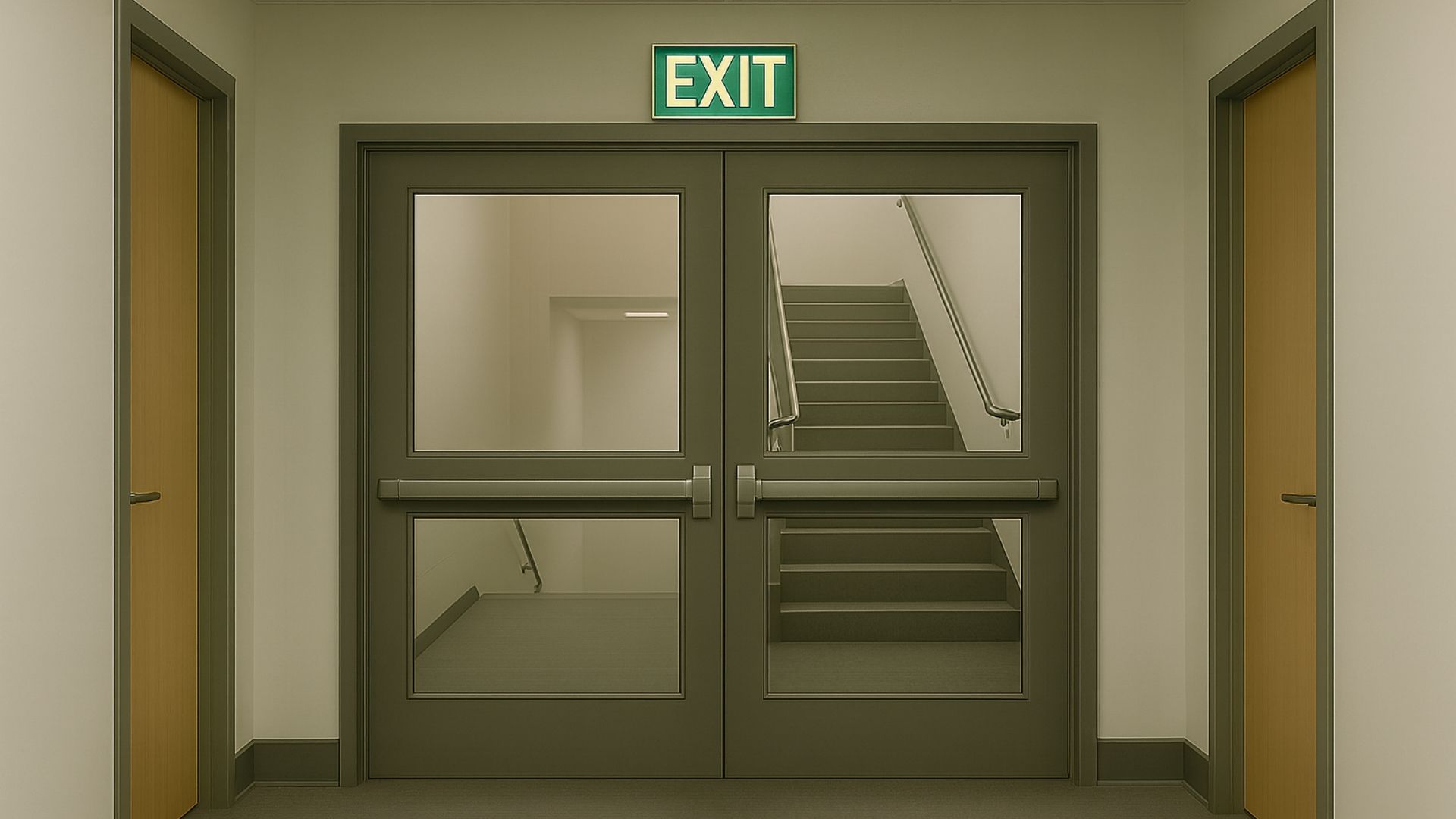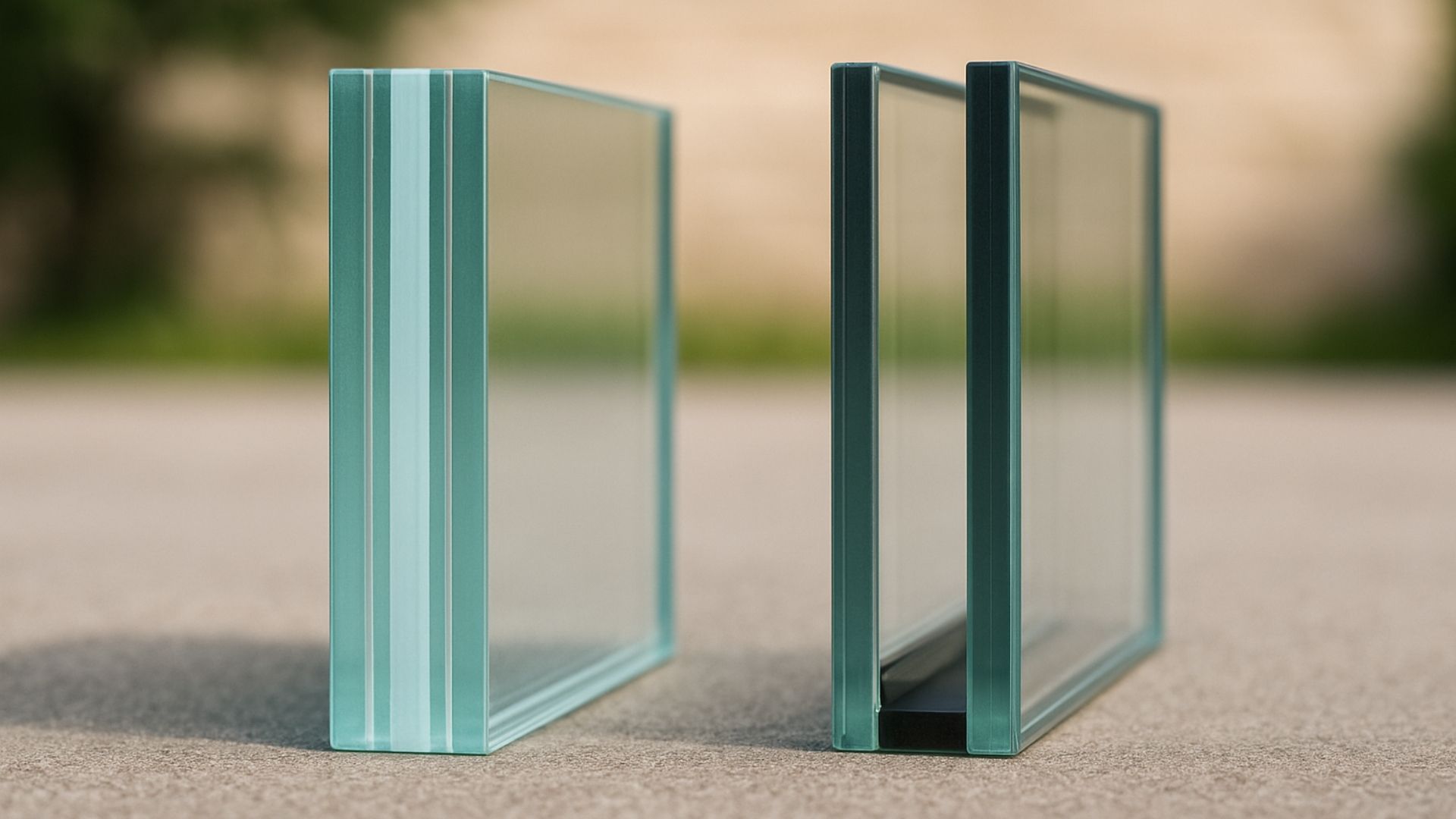Why does glass shatter, exactly? The science explained
Share this blog:
Different types of glass shatter in different ways. Explore the science behind the shattering in our guide today.

Glass is inherently brittle. Anyone who's dropped a glass will have seen how it appears to fly apart, its shards and splinters scattering surprisingly far and wide.
Today, many doors, windows, shopfronts and other building features are made from toughened or laminated glass. Toughened glass shatters into smithereens, unlike standard annealed glass. Laminated glass, meanwhile, stays in its frame even when smashed under impact.
But why does glass shatter at all? As with all the physical properties of materials, it comes back to atoms.
Why is glass brittle?
There are two main types of solids: crystalline solids and amorphous solids.
A crystalline solid, such as a diamond or a grain of sugar, has a repeating internal structure. An amorphous solid, by contrast, has a random and disordered arrangement of atoms. Glass falls into this second category.
This lack of atomic order means that glass has no slip planes. These are planes of atoms that can slide past each other. It also means they can't undergo a process called "plastic deformation".
The result? A material that shatters rather than warping, bending or becoming dented.
Why does glass shatter?
When stress is applied to glass, the stress concentrates at tiny flaws on the surface. This exceeds the strength of atomic bonds – an overpowering force that forms a crack.
Because of the lack of slip planes, the crack travels easily through the disordered atomic network without changing direction or stopping.

This is a key difference between glass and metal. When stress is applied to metal, it undergoes plastic deformation. Atoms slip past one another, allowing the metal to bend or stretch without breaking.
What causes glass to shatter?
Glass isn't always broken by physical impact. It can also shatter because of thermal stress, when one part of the glass gets hotter or colder faster than the other.
Other causes include internal stresses, scratches or chips, and structural pressure caused by inappropriate installation.
Why does toughened glass break differently?
Toughened glass is a type of safety glass used in locations where the safety of passersby and building occupants is a priority. Rather than breaking into sharp shards, a pane of toughened glass breaks into pebble-like smithereens.
This is a direct result of the manufacturing process. Toughened glass is heated at a high temperature before being rapidly cooled.
This makes the outer surface harden while the inside of the glass is still molten. A compressive layer is created on the surface that makes it harder to break.
It takes a lot of effort to break toughened glass. When it finally gives way, the locked-up tension is released and it shatters into smithereens.
ToughGlaze is a trusted, UK-based supplier of toughened glass. To learn more about glass and its many uses, follow our glass processing blog.









